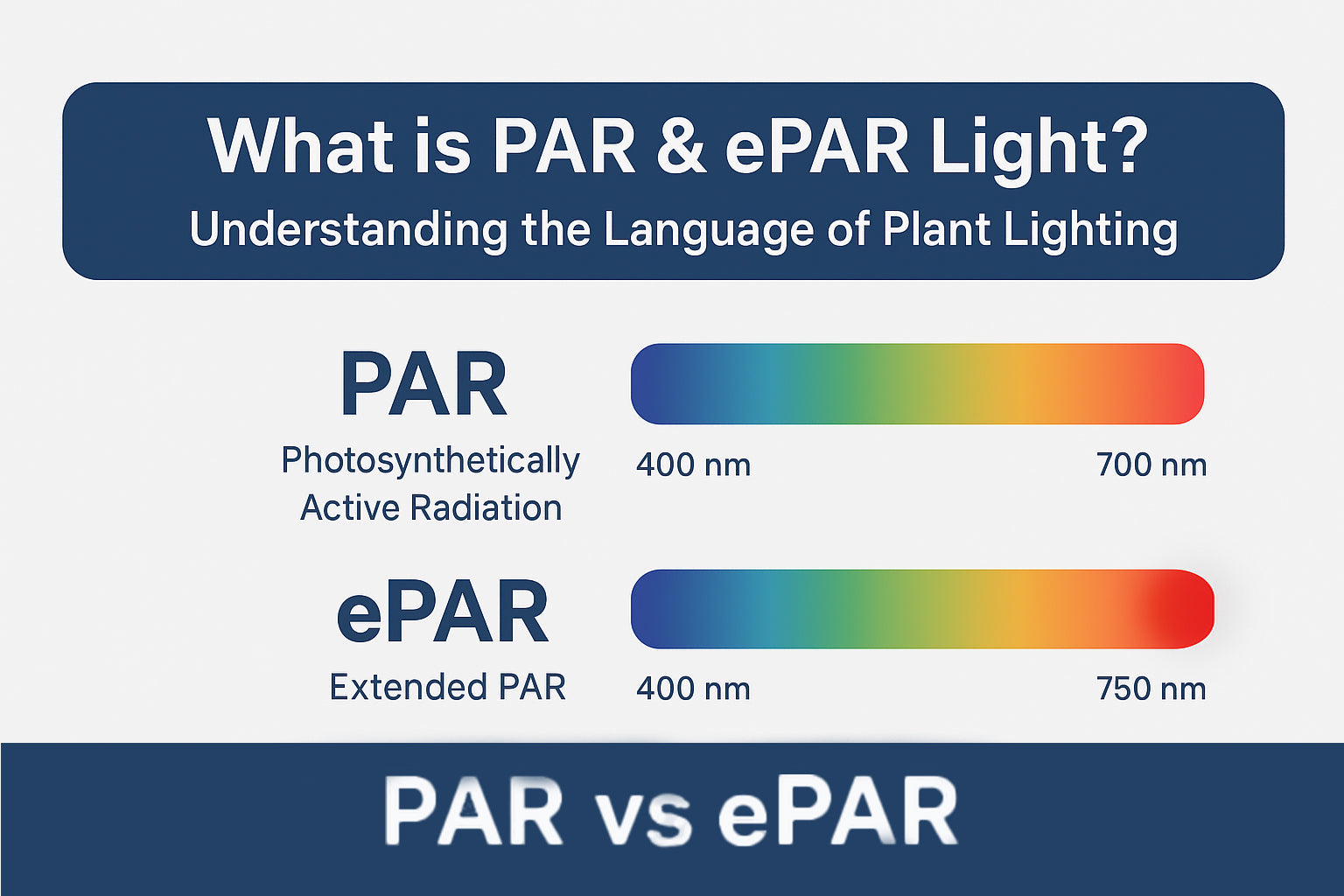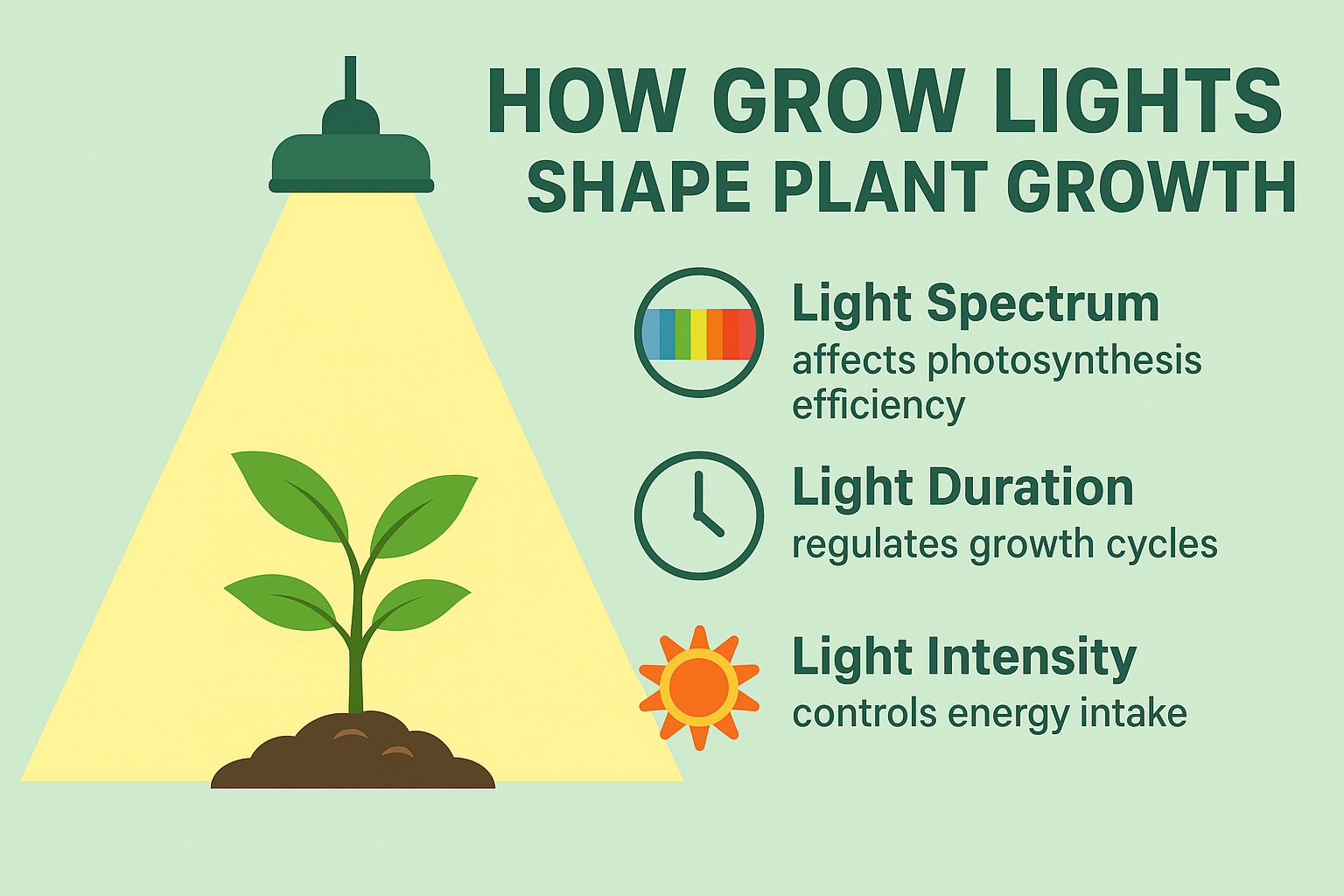
Male vs. Female Plant: How to Sex Them?
Growing green herbs indoors is becoming more popular, and it's important to identify the male vs female green herb plants. This will help you achieve higher yields and better quality green herb plants. It may sound difficult, but relax, following Medicgrow guides can make it quite easy.
Additionally, our guide can help you learn how to handle male and female green herb plants based on your specific needs, whether it's cultivating hybrid green herb plants or growing high-yielding green herbs with UV grow lights. This article provides comprehensive guides on these topics.
Main Content:
- 1. Difference Between Male and Female Green Herb Plants
- 2. How to Tell Male and Female Green Herb Plants?
- 3. What to Do with Male and Female Green Herb Plants?
- 4. Conclusion
- 5. FAQs about Male vs. Female Green Herb Plant
Difference Between Male and Female Green Herb Plants
The primary differences between male and female green herb plants lie in what they produce. Male green herb plants produce and release pollen into the air needed for fertilizing female green herb plants and are generally lower in plant compounds content. Their primary function is to ensure reproduction by pollinating female plants, leading to seed production.
Female green herb plants, on the other hand, produce flowers that are sought after for both recreational and medicinal use. Removing male green herb plants to prevent pollination is advisable, allowing female plants to produce more potent, sinsemilla flowers. This focus on female green herb plants ensures a higher yield of quality flowers, maximizing the plant's value.
How to Tell Male and Female Green Herb Plants?
To identify male vs female green herb plants, you can check the flower which develops at the nodes. Around 3-6 weeks into the green herb-growing stages, male green herb plants develop small, smooth pollen sacs at the nodes, while female green herb plants produce tiny, white hair-like pistils emerging from tear-shaped flowers at the same location.
Besides, male green herb plants often grow taller and faster than female plants, which can be an early indicator before sex organs appear. Regularly check the early signs of your male and female green herb plants during the green herb flowering stage. This allows for timely identification and separation of male and female plants, ensuring the highest yields and preventing pollination.
The fastest way to discover male and female green herb plants is to purchase high-quality full-spectrum grow lights. The Medicgrow NEO-780 LED plant grow lights are an excellent choice. It has 2 spectrums and light intensity specifically designed for green herb growth, making it grow faster so you can discover its gender earlier.
Early Signs of Female Plant
Female green herb plants can be identified by early signs such as bushier growth, more side branches, and broader leaves compared to male green herb plants. Female green herb plants also have shorter internodal spacing and may grow slower and more compact.
Look for flowers at the nodes, which appear as tiny tear-shaped calyxes with white, hair-like pistils. These are a clear early indicator for female green herb plants. Additionally, considering the overall health and vigor of the plant, as well as strain-specific traits and green herb seeds' gender, can also help in identifying female green herb plants early on.
Read also: How to Identify Female Green Herb Seeds?
Early Signs of Male Plant
The early signs of male green herb plants include taller, more spindly growth with fewer side branches and narrower leaves compared to female green herb plants. In addition, the flowers at the nodes, appearing as small, ball-shaped pollen sacs, are a clear indicator of male green herb plants.
It's also possible to identify male and female green herb plants by their growing habits, as male green herb plants tend to grow faster, generally 1-2 weeks than female green herb plants. In addition, male green herb plants have longer internodal spacing (the distance between sets of branches) compared to female plants, with a noticeable stretch upward.
By monitoring these signs, we can identify male and female green herb plants and take further action, such as removing the male green herb plants to ensure higher yields and cultivating a green herb seed you want.
What to Do with Male and Female Green Herb Plants?
Once we’ve identified the male and female green herb plants, we can dispose of them according to your needs. Whether you're breeding or cultivating high-quality green herb flowers, we have easy ways to do it.
Breeding Strains
If you are interested in breeding green herb strains, start by selecting strong, healthy male plants with specific characteristics such as high content, particular flavors, or disease resistance. To pollinate, evenly spread the collected pollen over the flowers of the female plant and wait 4-6 weeks until the seeds mature.
However, if you don't want to breed, carefully uproot or cut down unwanted male green herb plants to prevent accidental pollination, which can significantly reduce the quality and yield of female green herb flowers.
Cultivating Flowers
If you want high-quality flowers, start by removing male green herb plants from your grow room. Then provide optimal growing conditions, including proper light, nutrition, and pest control using indoor grow tent kits.
Choosing high-quality full-spectrum grow lights is essential. For example, the Medicgrow Fold 800w LED grow light offers a light intensity specifically designed for green herb growth at a good price.
Lastly, harvest the flowers when they are fully mature, and consider cloning healthy female plants for an equally high-yielding and high-quality strain.
Conclusion
In conclusion, being able to identify the gender of a green herb plant is a fundamental skill for beginners, particularly in the early weeks of the green herb flower. It is also important to learn other essential growing tips, such as the proper light duration, the most effective green herb grow lights, and more. With the growing skills, I hope you can achieve the flowers and yields you've always dreamed of.
FAQs about Male vs. Female Green Herb Plant
1. How Soon Can You Tell if a Green Herb Plant Is Male or Female?
Typically, the sex of male and female green herb plants can be determined around 3-6 weeks into the growth cycle, during the flower. Male green herb plants develop small, ball-shaped pollen sacs at the nodes, while female green herb plants produce tiny, white, hair-like pistils emerging from tear-shaped calyxes at the same location.
2. Can a Male green herb Plant Turn Female?
A male green herb plant cannot change into a female plant, as male and female green herb plants have distinct genetic and biological differences. However, plants can exhibit hermaphroditism, where a single plant develops both male and female reproductive organs due to stress or genetic factors, allowing for self-pollination.
Extreme stress can also cause female plants to develop male flowers or pollen sacs. Therefore, to avoid female green herb plants growing male plant organs, it's important to avoid disrupted photoperiods or green herb nutritional imbalances.
3. Do Male green herb Plants Flower?
No, male green herb plants do not produce flowers. Instead, they develop small pollen sacs at the nodes (where the leaves and branches meet the stem). These sacs contain pollen that is used to fertilize female plants, which can then produce seeds. However, fertilizing female plants with male pollen will reduce the content of the female green herb plants.
Unlike female plants, if comparing male vs female plants, which develop resinous flowers, male plants focus on producing pollen and do not form the psychoactive or medicinal flowers that are typically harvested for consumption.
Featured Products
Blog Posts
Contact Us with Any Idea!
- Choosing a selection results in a full page refresh.
!































